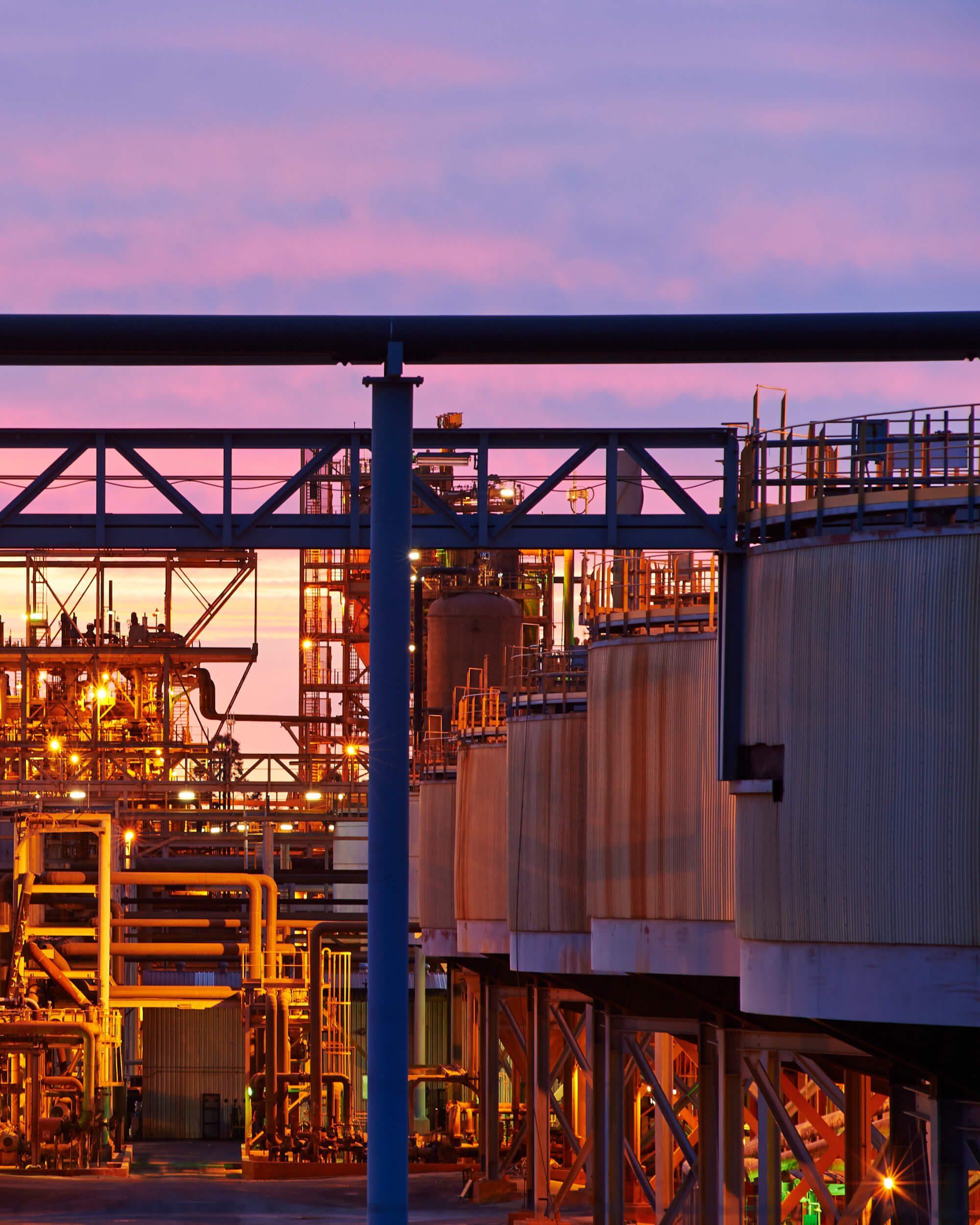Electric calcination
The final stage in the alumina refinery process, calcination currently uses fossil fuels such as natural gas to heat alumina hydrate crystals to remove water molecules.
We are piloting electric calcination at our Pinjarra refinery in Western Australia in direct replacement of a traditional calcination plant.
Under the pilot project renewable energy will drive the calciner - eliminating carbon emissions and allowing residual energy currently lost to the atmosphere as steam to be captured and reused.
This will negate the need for stacks to vent steam and result in significant water savings.
Another benefit of electric calcination is the ability to deliver heat via a thermal storage system - enabling the refinery to act like a battery to support stabilization of the electricity grid.
At times of high power demand, the refinery could reduce its reliance on the grid and draw heat from thermal storage.
When supply to the grid exceeds demand, the refinery could draw additional renewable power to effectively re-charge.
While the application of electric calcination is still in the research and development phase, the building block technologies to support the process are proven.

